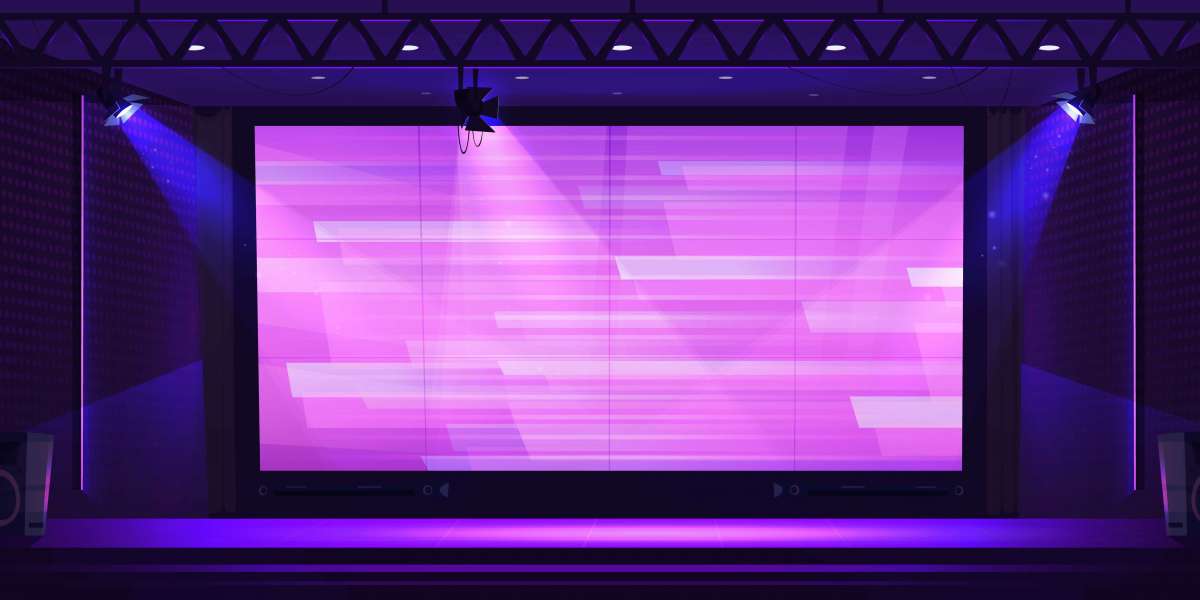Conference rooms are often where important meetings and presentations take place. They need to be well-equipped to enable smooth and productive conversations. Recent advancements in artificial intelligence (AI) and automation are making it possible to transform conference rooms into smart spaces that are intuitive and assist users. In this blog post, we will explore how AI can be utilized to automate and enhance functionality in conference rooms.
AI-Powered Room Reservations
One of the major pains associated with planning meetings is reserving an available conference room. This can involve tedious back-and-forth emails or phone calls to check availability. AI and machine learning can help automate this process. Conference room reservation systems powered by AI can analyze schedules and automatically suggest optimal room and time options based on criteria like number of attendees, equipment needs, and participant availabilities. Users just need to select from the options rather than spending time coordinating room availability. The AI system can also handle booking confirmations, cancellations if needed, and manage room schedules optimally to avoid conflicts. This streamlines the reservations process significantly.
Intelligent Room Controls
Once inside the conference room, AI can take on control of different devices and settings. Using presence detection, an AI system can automatically adjust lights, HVAC, Windows, and audio-visual equipment according to the number of people in the room. For example, it may turn the projector on when attendees enter and adjust lighting accordingly. Integrated with calendar details, it can also power on/off equipment right before/after meetings to save energy. Voice commands via smart speakers enable hands-free control over all room devices. This provides a smarter and more seamless experience within the meeting space.
Real-Time Language Translation
For global companies with multilingual teams, real-time language translation using AI is becoming extremely useful in conference room settings. Translation AI can simultaneously translate speech from one language to another, displaying translations on in-room screens or mobile devices. This allows attendees speaking different languages to communicate seamlessly. Some translation systems even generate captions in translated form for accessibility. AI continues improving translation capabilities creating more inclusive collaboration opportunities across borders.
Automated Note Taking
No one wants to be the designated note taker during important brainstorming sessions and meetings. AI can take over this tedious task and create organized, searchable notes automatically. Using speech recognition and natural language processing, AI systems can transcribe everything discussed in a meeting including actions items, deadlines, and key decisions. These AI notes can be easily shared and referenced later for transparency and accountability. Some solutions even generate summaries highlighting the most salient points. Automated note taking with AI ensures nothing falls through the cracks.
Advanced Audio/Visual Systems
AI is changing the landscape of audio-visual conferencing as well. Many huddle rooms and larger conference areas now include intelligent cameras that automatically detect and follow active speakers. Computer vision allows the camera to intelligently zoom and pan based on who is speaking, keeping them centered and in focus at all times for remote participants. This delivers a natural experience compared to static wide shots. AI microphones use advanced noise cancellation to filter out ambient sounds like keyboard typing, while amplifying voices so everyone can participate from anywhere in the room. When combined with intelligent lighting and high definition displays, these AI-powered systems replicate an in-person experience digitally for hybrid collaboration.
AI Recommendations and Analytics
Beyond automation, AI can surface actionable insights from conference room data. Room usage analytics revealing busiest periods, equipment issues, energy consumption habits and more help optimize resource allocation. AI recommendations based on patterns may suggest alternative larger rooms for recurring large meetings to promote social distancing. Post-meeting participant sentiment surveys can gauge engagement and effectiveness to highlight areas for improvement. Advanced analytics with AI support continuous optimization of meeting strategies and experiences over time.
Privacy and Security Concerns
While the benefits of AI in conference rooms are compelling, privacy and security remain important considerations. Cameras, microphones and other sensors capturing audio-visual data introduce risks if not handled carefully. Strong access controls, automated logging, encryption of recordings as well as policy restrictions around data access help maintain confidentiality and prevent misuse. Notifications whenever devices are active also promote transparency. Regular audits of AI conference systems verify adherence to privacy laws and best practices. With responsible implementation guided by ethics, AI automation stands to enhance collaboration in secure, privacy-respecting ways.
Future Directions
The conference room technologies mentioned so far only scratch the surface of what will be possible in the future with continued AI progress. Advancements like sophisticated computer vision object and activity recognition may empower interactive whiteboards to take automated notes or generate transcripts from physically scribbled ideas. AR and VR technologies integrated with AI will likely bring fully immersive hybrid collaboration experiences. Virtual assistants with superhuman contextual understanding through commonsense reasoning may act as intelligent meeting facilitators. As AI systems become more human-like, the lines between digital and in-person meetings will increasingly blur. Exciting AI-driven innovations are set to transform workplace interactions and experiences within intelligent conference ecosystems.
Conclusion
In conclusion, AI and related technologies are revolutionizing how meetings are planned and conducted in conference rooms. From automated reservations to hands-free controls, real-time translation, note taking and advanced audio/visual systems, AI is making collaboration smarter, simpler and more inclusive. While privacy and trust remain areas to steadily improve, responsible application of AI stands to hugely benefit teams through enhanced productivity and experiences. The conference rooms of the future will be true intelligent, automated collaboration hubs powered by artificial intelligence.
Learn More:- https://forum.piymanhackdat.com/blogs/4979/Enhancing-Collaboration-with-Interactive-Whiteboards-in-Conference-Rooms








